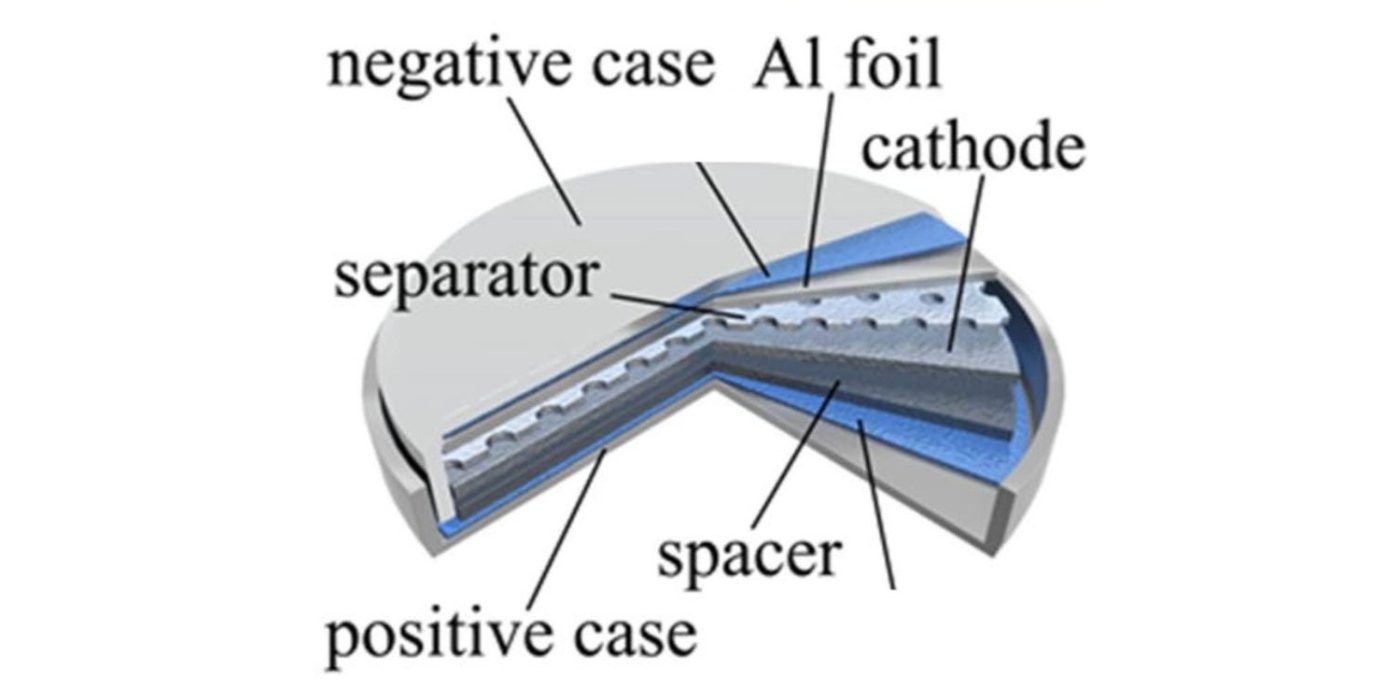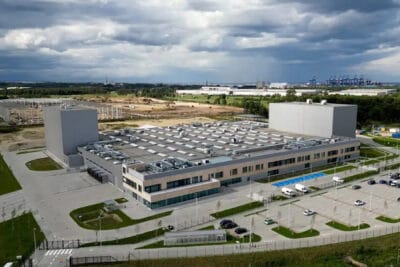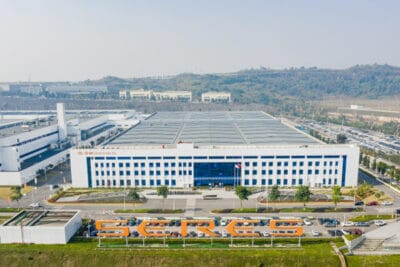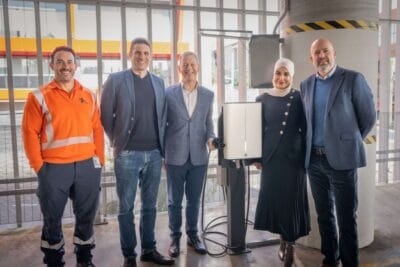GMG announces break-through in cell chemistry
The Australian Graphene Manufacturing Group (GMG) has presented a new graphene-aluminium-ion battery that is supposed to charge 60 times faster than current lithium-ion batteries. Initially, the cell chemistry is to be used in coin cells, but from as early as 2024 it will also be used for pouch cells in electric cars.
In addition to the fast-charging capability, GMG promises that one cell will be able to store three times as much energy as the best aluminium-based cells. Thanks to their “stable base materials”, the cells are also said to be more sustainable and easier to recycle. The button cell pattern is also said to last three times longer than lithium-ion versions. Up to 3,000 cycles are mentioned.
A report in the technical publication Advanced Functional Materials states that the GMG cell would have an energy density of between 150 and 160 Wh/kg – and a power density of 7,000 W/kg. Values for the pouch cell are not known. Should GMG be able to achieve similar values here, the energy density would be at about the same level as today’s LFP cells.
GMG uses technology from the Australian Institute for Bioengineering and Nanotechnology at the University of Queensland for its cells. This involves inserting aluminium atoms into tiny perforations in the graphene planes – a big difference from other aluminium-based cells that rely on conventional graphite, according to the company.
According to Craig Nicol, managing director of GMG, the coin cell is said to be able to be charged in ten seconds – as mentioned without specifying the energy density or capacity of the coin cell. “It charges so fast that it’s basically a supercapacitor,” Nicol said.
For the announced pouch cells, Nicol holds out the prospect that they can have ” the same shape and voltage as current lithium-ion cells” – or “any shape”. The advantage of having the same shape and voltage as current cells would be that the graphene-aluminium-ion cells could be a “direct replacement” for lithium-ion cells – and could be installed in their place in current battery cases.
In addition, Nicol cites that there are “no temperature issues so far”. “There is a very high probability that we won’t need cooling or heating at all,” says the GMG manager. Nicol puts the weight of the cooling and heating circuits in a 100-kWh pack at 80 kilograms, which he promises could be eliminated.
The Canadian-listed company does not yet have a production facility or a major customer for the graphene-aluminium-ion battery. GMG is “open to manufacturing agreements”, according to a report in Forbes.





2 Comments